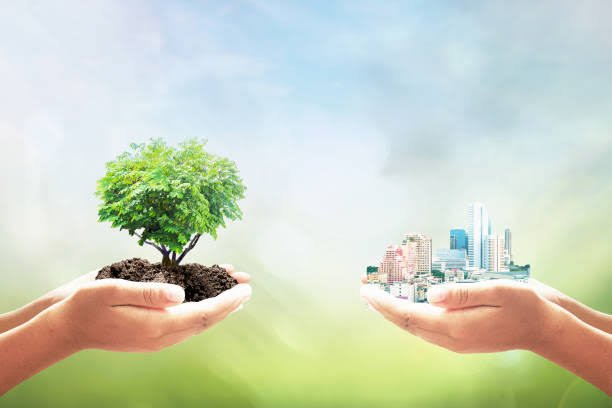As the world embraces eco-friendly solutions, sustainable real estate has become a crucial element in reshaping communities and empowering businesses. These practices are not just a trend but a necessary shift towards more responsible development and resource management. Let’s explore how sustainable real estate is impacting communities and businesses in profound ways.
1. Energy Efficiency: A Win-Win for Everyone
Energy-efficient buildings are the cornerstone of sustainable real estate. By implementing better insulation, energy-efficient lighting, and renewable energy sources like solar panels, both businesses and homeowners can save significantly on utility bills. For businesses, reduced operating costs mean more resources to invest in growth. Communities benefit as well, with reduced energy demand leading to lower greenhouse gas emissions, which helps combat climate change.
Key Benefits:
- Lower utility bills: Businesses and residents save money.
- Reduced carbon footprint: Eco-friendly buildings decrease environmental impact.
- Increased property value: Energy-efficient properties are often more attractive to buyers.
2. Green Spaces Foster Healthier Communities
Sustainable real estate also emphasizes the importance of green spaces, such as parks, gardens, and recreational areas. These areas provide a place for relaxation, exercise, and social gatherings, improving the overall well-being of residents. For businesses, proximity to green spaces can increase foot traffic and attract customers who value eco-conscious environments.
Key Benefits:
- Improved mental and physical health: Green spaces promote a healthier lifestyle.
- Community engagement: Parks and recreational areas foster a sense of belonging and unity.
- Business appeal: Green surroundings attract customers and enhance property desirability.
3. Smart Technologies Make Life Easier
Integrating smart technologies like energy monitoring systems, automated climate control and water-saving solutions is a game-changer for real estate. These innovations improve efficiency while reducing waste. For businesses, these smart systems streamline operations, reduce costs, and ensure compliance with environmental regulations. Communities, in turn, benefit from a higher standard of living with less strain on natural resources. Additionally, incorporating space-saving design enhances functionality, making homes more efficient and environmentally friendly.
Key Benefits:
- Energy conservation: Smart systems optimize energy use.
- Cost savings: Automation reduces energy and maintenance expenses.
- Enhanced quality of life: Technology improves comfort and convenience for residents.
4. Job Creation and Economic Growth
Sustainable real estate projects often require specialized skills and materials, leading to job creation in sectors like construction, renewable energy, and environmental design. As more businesses and communities embrace sustainable solutions, demand for green jobs continues to rise. This creates a ripple effect, boosting local economies and fostering long-term economic growth.
Key Benefits:
- Job opportunities: Green building projects create employment in emerging fields.
- Economic development: Communities benefit from new industries and skilled workers.
- Sustainable growth: Local economies thrive while preserving natural resources.
5. Resilience Against Climate Change
Sustainable real estate solutions focus on building structures that can withstand extreme weather conditions, making communities more resilient to climate change. Features like flood-proof foundations, wind-resistant designs, and water conservation systems help protect properties from natural disasters. Businesses operating in such environments enjoy less downtime and greater security, while communities are better prepared for future environmental challenges.
Key Benefits:
- Disaster preparedness: Sustainable buildings are built to endure extreme weather events.
- Community safety: Resilient infrastructure protects people and properties.
- Business continuity: Companies face fewer disruptions, ensuring stable operations.
Conclusion: A Path Forward for Sustainable Growth
Sustainable real estate is not just about environmental responsibility; it’s about empowering businesses and communities for long-term success. Through energy efficiency, smart technologies, green spaces, and economic growth, these solutions offer a brighter, healthier, and more prosperous future. By adopting sustainable practices, we can ensure that both our environment and our economies thrive, creating resilient communities that are ready to face the challenges of tomorrow.








